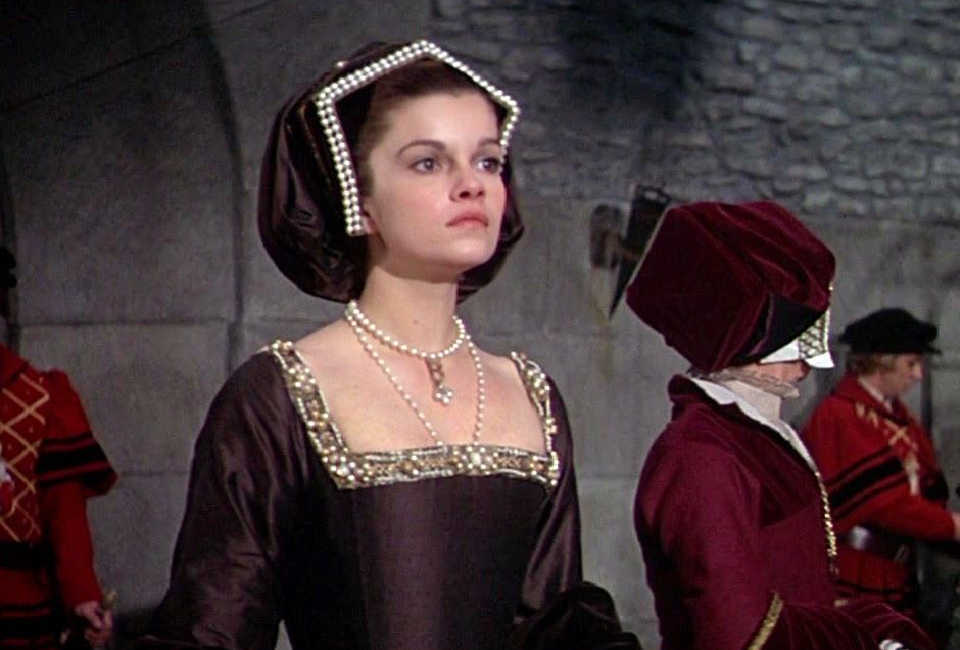the links to part 1, part 2, part 3, and part 4 of the series “A fatal love triangle: King Henry VIII, Anne Boleyn, and Jane Seymour
On the 15th of May 1536, a fatal love triangle was finally untangled.
To end Anne Boleyn’s marriage to King Henry quickly, only a legal solution would suffice. Henry had to appear as the innocent and injured party in the eyes of the world. Thus, Thomas Cromwell, the royal chief minister, initiated the action on his own or on his sovereign’s orders.
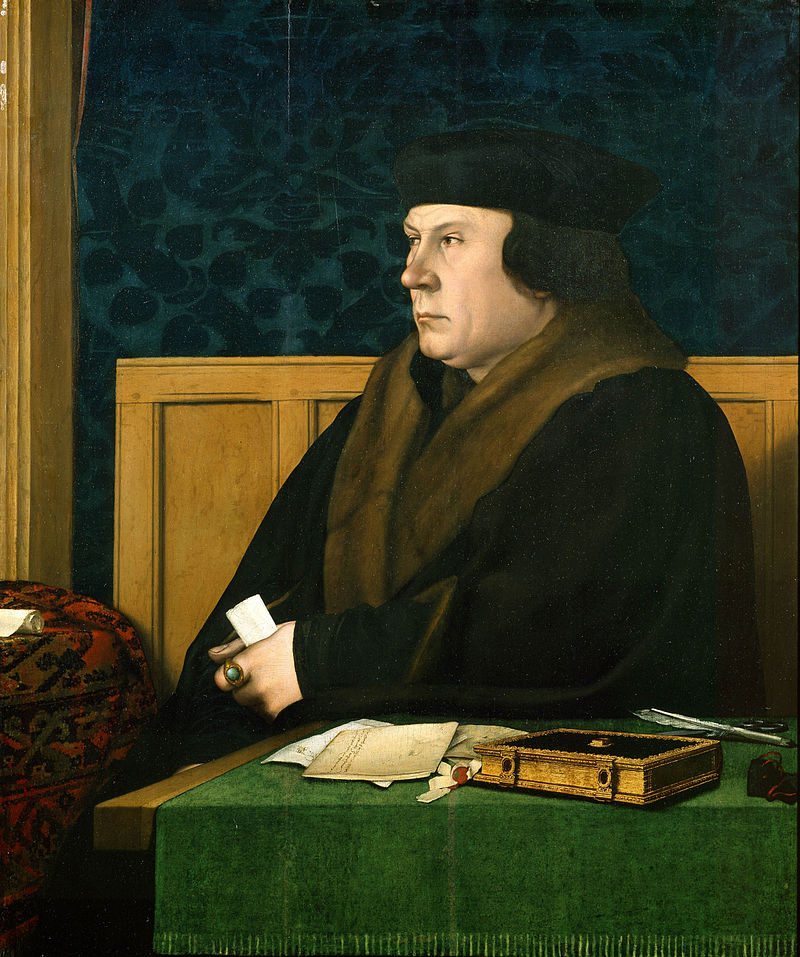
The fates of Cromwell’s predecessors, especially Cardinal Wolsey, who had failed to gratify the monarch’s whims and wishes reminded him that ministers, as well as wives, could be replaced. However, Cromwell failed to find a lawful way to end the marriage. He had first approached the Bishop of London, who had suggested that Anne’s supposed pre-contract with Henry Percy, Earl of Northumberland, could have been used as grounds for an annulment. However, Percy had denied under oath that there had been such a contract. After this, only an alternative remained.
Anne and George Boleyn were both tried in the King’s Hall of the Tower of London with about 2,000 spectators in attendance. In spite of the relative paucity of firsthand accounts of these trial, there are some detailed contemporary accounts of all the events of the fateful day.
At the beginning, the gathering of lords was officially informed about the purpose of the court, and then the ritualistic opening ceremonies were completed. Then Sir William Kingston, the Constable of the Tower, and Sir Edmond Walsingham, the Lieutenant of the Tower, led in the jailed Queen Anne, who was accompanied by several attendants. Anne was given a chair (such a small concession on their part!) and remained seated throughout the entire proceedings.

The peers of the realm voiced their names, and each of them took their places. It must have been difficult for Anne to see Henry Percy, Earl of Northumberland, among them, but she must have understood that Percy feared for his life too much to find in himself enough bravery to defend her. The whole jury was made up of her enemies, and her own uncle – Thomas Howard, the Duke of Norfolk – presided over the trial. Once all the parties were present, Norfolk explained the proceedings to Anne, after which the indictments were read aloud by the Clerk of the Crown.
One of the indictments is given below. Like me, you will find many parts of it ridiculous and perhaps even amusing in a dark way.
“… she {Anne}, despising her marriage, and entertaining malice against the King, and following daily her frail and carnal lust, did falsely and traitorously procure by base conversations and kissings, touchings, gifts, and other infamous incitations, divers of the King’s daily and familiar servants to be her adulterers and concubines, so that several of the King’s servants yielded to her vile provocations. On 6th Oct. 25 Hen. VIII., at Westminster, and divers days before and after, she procured, by sweet words, kisses, touches, and otherwise, Hen. Noreys, of Westminster, gentleman of the privy chamber, to violate her, by reason whereof he did so at Westminster on the 12th Oct. 25 Hen. VIII, and they had illicit intercourse at various other times, both before and after, sometimes by his procurement, and sometimes by that of the Queen.”
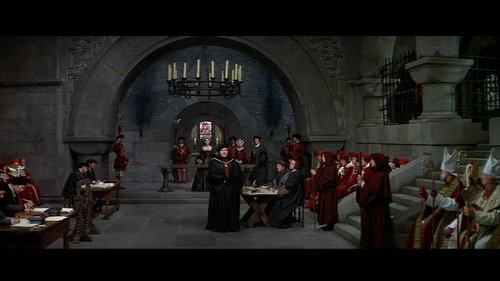
The indictment continued in the same manner. It named each of the queen’s alleged lovers and gave dates for each offense. Often the dates on which Anne supposedly fornicated with them did not coincide with the presence of the court at the time. How could Anne, for example, be with a lover within a month after Elizabeth’s birth before her churching? Another indictment continued with the charges of conspiracy to kill King Henry, which was perhaps the charge that had become possible after Anne’s reckless conversation with Henry Norris at the end of April 1536.
After the reading of the indictments, the Clerk asked Queen Anne to plead. With a gracious movement, Anne raised her hand and pleaded not guilty. Then the presentation of the “evidence” began. Sir Christopher Hales, Attorney General, acted as the chief prosecutor for the king.
Queen Anne must have understood the hopelessness of her situation and the impossibility to prove her innocence. The state trials of Tudor England were mostly politically inspired, and the procedures, employed in these trials, bore little resemblance to those prevalent in modern civil and criminal litigation. Nonetheless, they were still trials, with at least the outward manifestations of procedures carried out in accordance with governing statutes and the general law. On every state trial, depending on who was prosecuted, new legal procedures beneficial for the State and the ruling King could be designed or modified to reflect varying underlying values and goals.
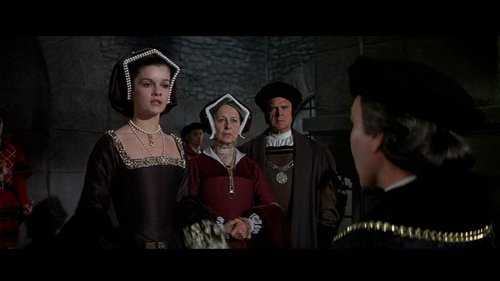
Defendants in a Tudor state trial had no privilege of being warned about the evidence to be presented against them during the process, and the worst for them was that a defense counsel was not permitted. Therefore, the prosecuted people, whether they were criminals or not, were at a great disadvantage. The accursed could only be permitted to present the testimony of others on their behalf, but because of Anne’s lack of knowledge of the specific charges against her prior to her trial, she could not use this option. Moreover, no one was likely to speak on her behalf.
Eric Ives writes of Anne’s impressive behavior during the trial:
“The queen was in command of herself and clearly of the situation. Her sparing and effective answers quietly dominated the court. From the moment of her arrest, Anne had realized the difficulty of establishing her innocence. She had said to Kingston: ‘I can say no more but ‘‘nay’’, without I should open my body’; and, ‘If any man accuse me, I can say but ‘‘nay’’, and they can bring no witnesses.’ Yet when the time came, her manner did carry conviction. No, she had not been unfaithful; no, she had not promised to marry Norris; no, she had not hoped for the king’s death; no, she had not given secret tokens to Norris; no, she had neither poisoned Katherine nor planned to poison Mary; yes, she had given money to Francis Weston, but she had done the same to many of the always penurious young courtiers.”
Then the peers heard Anne’s defense. Custom decrees that she was unassisted and did not have a lawyer in accordance with standard Tudor procedures. Yet, she triumphed by giving clear, clever, and wise answers, speaking with impressive confidence and conviction. She refuted all the accusations with ease. Despite her lack of evidence, Anne’s defense persuaded many spectators, including magistrates of London, that her “crimes” were a mere product of fiction. However, everyone knew that the King of England wanted to remarry, so Anne had to be eliminated.
Although the trial went through standard procedures, it was a travesty of justice as the verdict was known in advance. Mark Smeaton had confessed to sleeping with Anny, but he pleaded not guilty to the other charges. Henry Norris, Francis Weston, and William Brereton claimed their innocence. Anne was doomed: she was found guilty by every peer of the English realm. Later, George pleaded not guilty and defended himself well in court, but he was doomed as well.
A weeping Norfolk pronounced Anne’s sentence:
“Because thou hast offended against our sovereign the King’s Grace in committing treason against his person, and here attainted of the same, the law of the realm is this, that thou hast deserved death, and thy judgment is tis: that thou shalt be burned here within the Tower of London on the Green, else to have thy head smitten off, as the King’s pleasure shall be further known of the same.”
The Duke of Norfolk was unlikely to have been really broken-hearted. His actions resemble more a cynical show of a calculative and power-hungry seasoned courtier than a heartfelt display of grief. Norfolk had done everything to disassociate himself from the Boleyns, fearing for the loss of the royal favor and his offices. His future was not connected with that of Anne anymore.
Henry Percy, Earl of Northumberland and Anne’s first sweetheart, voiced a guilty verdict along with other peers, but then he collapsed and was taken out of the chamber. Several days before the trial, Northumberland had been questioned and denied a pre-contract with Anne.
In Tudor thinking, if the accused was found guilty and condemned, then they should have stopped worrying about mortal life and ought to think about the Almighty and His judgment. Like many condemned, Anne accepted her fate with calm and dignity befitting her station. She thought of the meaning of death for her – her eternal life in heaven. Anne did not fear the fires of Hell because she was innocent of all the charges brought against her by the cohort of her enemies.
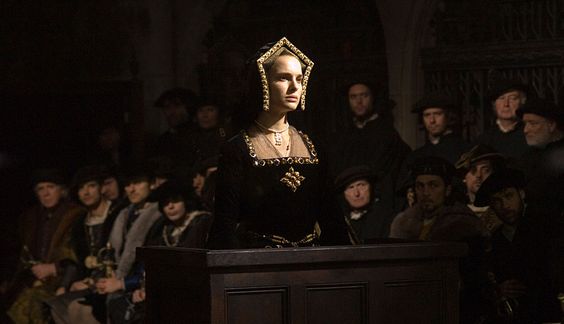
At the end, the queen spoke a gracious and emotionally-gripping speech that moved her adversaries. This speech might have been embellished, but there may be a great deal of truth in it.
Turning toward the judges, Anne said to them in a composed voice:
“I believe you have reasons… upon which you have condemned me: but they must be other, than those that have been produced in court. . . I have always been a faithful and loyal wife to the king. I have not, perhaps, at all times shewed him that humility and reverence, which his goodness to me, and the honor to which he raised me, did deserve. I confess, I have had fancies and suspicions of him, which I had not strength nor discretion enough to manage: but God knows, and is my witness, that I never failed otherwise towards him: and I shall never confess any other, at the hour of my death. Do not think that I say this, on design to prolong my life.”
Anne went on to voice her regrets that her brother and the others must die with her unjustly condemned. Then she was escorted out of the chamber, but the court remained in session.
Thereafter, her brother – George Boleyn, Lord Rochford – took his sister’s place; perhaps he and Anne met in the corridor and exchanged melancholic smiles. The same judges sat, except for Northumberland. The charges against Rochford were verbalized. The main charge was his incest with her, based on the fact that he had once remained in the queen’s chamber with her alone for a long time, and that he had been seen leaning over her bed. George pleaded not guilty, and the case against him was so weak that spectators were betting ten to one in favor of his acquittal.
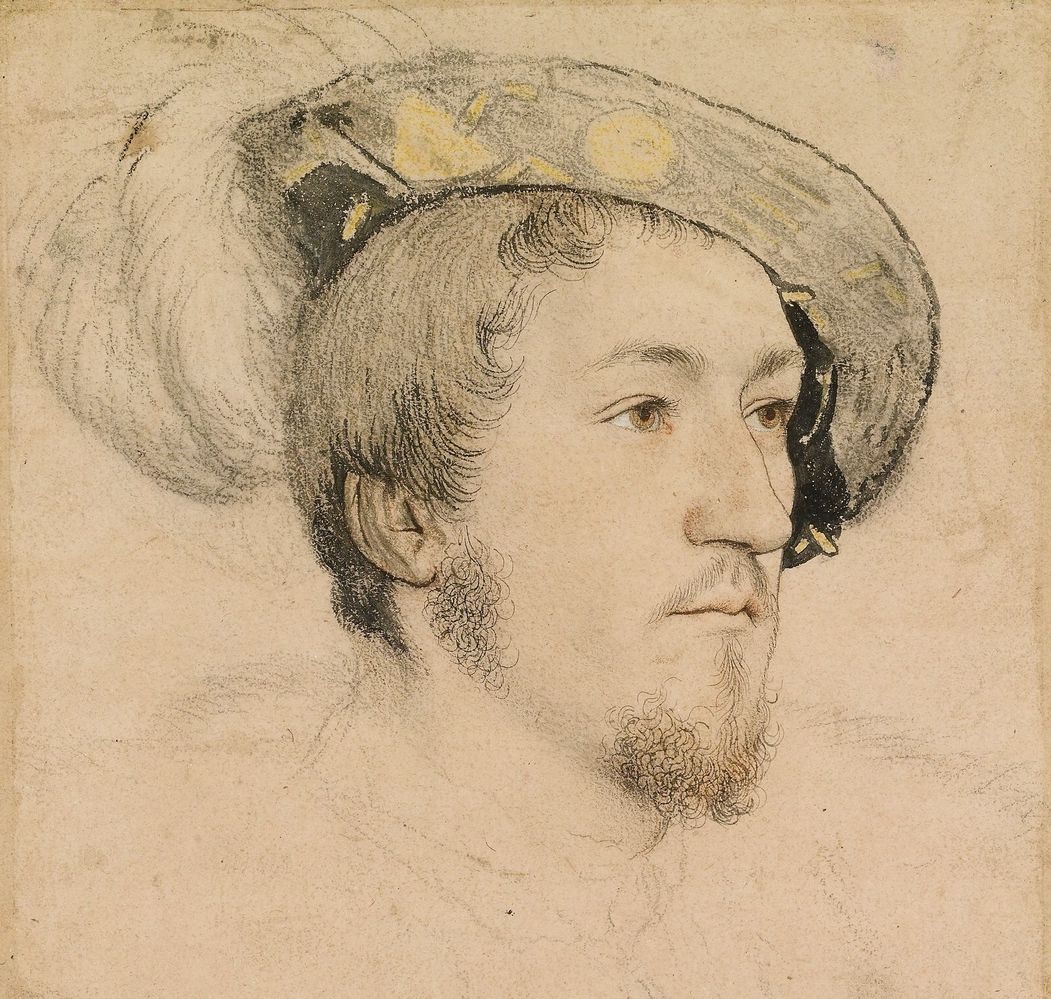
George was reported to have defended himself well and with enthusiastic spirit, but he was doomed as well because he was Anne’s brother and ally, and, hence, had to die together with his sister. Therefore, he was unanimously found guilty and sentenced to a traitor’s death – to be drawn through the streets of London to the gallows at Tyburn, then hanged and quartered.
After Anne’s arrest, Jane Seymour and King Henry were temporarily separated for decency’s sake. The monarch was adamant about preserving his wife-to-be’s reputation of a virtuous maiden. Moreover, Henry could not allow himself to be seen with another woman in public by his nobles in order not to paint himself in unfavorable light. He could not protest Anne’s misconduct if he himself courted another woman while his disgraced queen languished in her lonely cell.
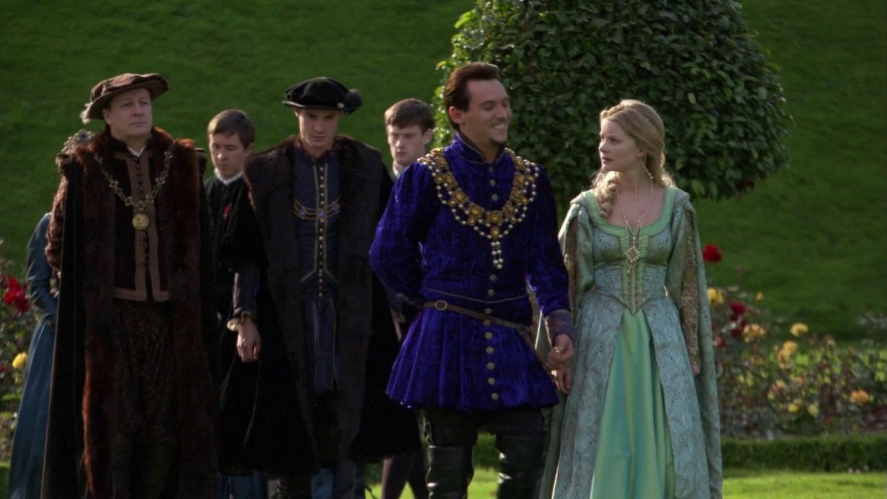
Lady Jane Seymour had been removed from court at the monarch’s behest. At first, she had been lodged at Beddington, Sir Nicholas Carew’s luxurious manor near Croydon. Days before her rival’s execution, Jane was Queen of England in all but name! The Imperial ambassador Eustace Chapuys commented that Jane had been “splendidly served by the King’s cook and other officers”, and that she had been seen “most splendidly dressed.” She must have waited for her queenship.
On the 15h of May 1536, the day before Anne’s trial, Jane was escorted by Nicholas Carew to Chelsea and was lodged at Thomas More’s former house. On the same morning, she received a secret letter from His Majesty, where Henry apprised her of the inevitable condemnation of the Boleyn “adulteress”. The monarch acted callously, coldly, and calmly. To me, the most surprising feature of his behavior is Henry’s calmness: Henry VIII was such a mercurial, volatile, egocentric, and intemperate ruler. The above leads me to the conclusion that he simply knew about Anne’s innocence and waited, informing Jane that soon nobody would stand before them. Enamored of Jane at the time, the fickle Henry waited for Anne’s murder, impatiently and with bated breath.
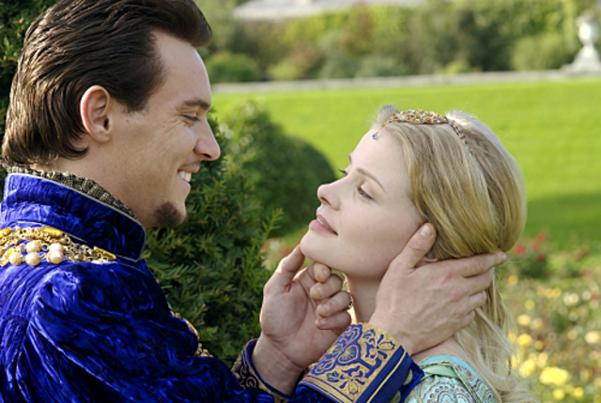
Jane’s role Anne Boleyn’s downfall will always remain rather uncertain, like Henry’s role in her destined tragedy. We don’t know whether she knew that the accusations against Anne were false, or that she suspected Anne’s innocence. Personally, I do not think that a plot of the Seymours delivered Anne into the hands of her enemies, but I believe that they did not doubt her innocence. Jane masterfully demonstrated herself as Anne’s opposite to attract the lustful monarch and charm him, knowing that it would give her the upper hand in the battle for the king’s affections.
Before and after Queen Anne’s arrest, King Henry had come to view his second union with Anne as no more fruitful than his first. Thus, he had to be released from the bondage of Anne’s “wicked” allure, and his expedient – in many ways politically expedient – conscience and tendency towards mystical beliefs told him that his marriage to Anne must have been invalid, and that he needed to take a virtuous lady as his wife. Of course, Thomas Cromwell and the Seymour family, as well as Anne’s other foes, were well aware of the king’s thoughts and beliefs, having used them against Anne and having constructed an intricate, lethal conspiracy against their main victim.
Despite being undereducated compared to Catherine of Aragon and Anne Boleyn, Jane wanted the crown and deliberately played a game with King Henry, presenting herself as a woman for whom honor was the most precious possession. But was it so? Jane’s high moral code is questionable because she would step over rivers of innocent blood and marry the king just in about two weeks after the executions. After her wedding, Jane would remain a submissive and docile wife, knowing that it was the only way to survive as a consort to the tyrannical Henry.
The historian Elizabeth Norton writes of Jane’s attitude towards Anne’s alleged crimes:
“Jane had her own ideas on Anne’s guilt, and she was well aware that a queen did not have the privacy to commit adultery. Anne’s fate showed her the danger she could be in and her innocence would not stand in the way of her condemnation if Henry ever decided to be rid of her. As the Emperor’s sister, Mary of Hungary, commented drily even before Jane’s marriage, ‘it is to be hoped, if hope be a right thing to entertain about such acts, that when he is tired of this one he will find some occasion of getting rid of her. I think wives will hardly be well contented if such customs become general’. Even Mary of Hungary, a niece of Catherine of Aragon, did not believe in Anne’s guilt and Jane knew that Henry could just as easily get rid of her if he so chose.”
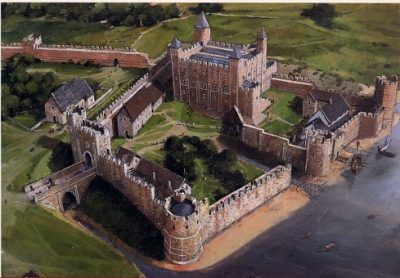
A fog of fatality enveloped Anne Boleyn entirely and thickened. After the trial, she was taken back to her lodgings in the Tower, comprehending that in several days, she would walk to Tower Green for the last time in her life. She must have been guessing whether she would be burned at the stake or beheaded, hoping for His Majesty’s last act of mercy. Meanwhile, George must have been dreaming of the same, wishing to have his sentence commuted to beheading. Their minutes were numbered.
You can read about the executions of Anne Boleyn and the other unjustly condemned men the last part of my article series ‘A Fatal Love Triangle’ (part 6).
All images are in the public domain.
Text © 2020 Olivia Longueville

